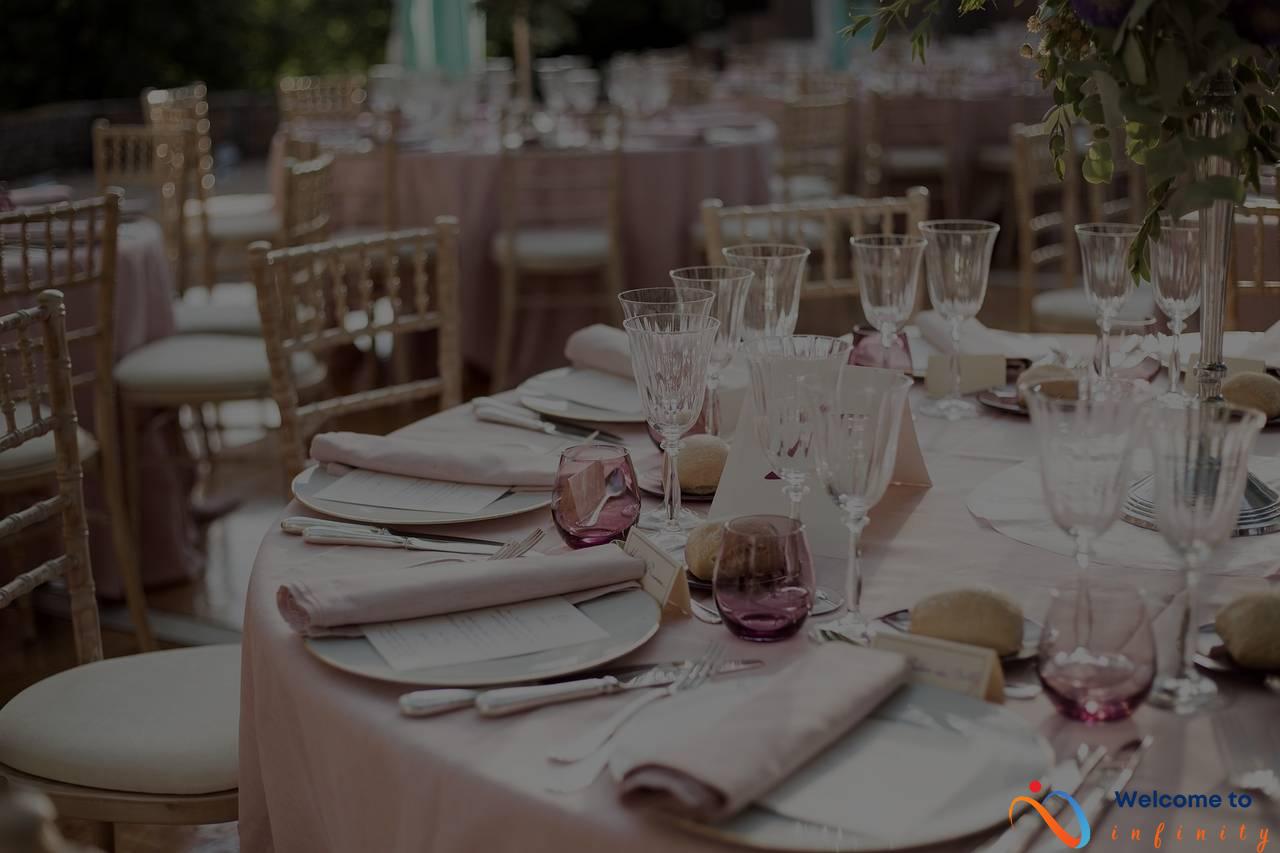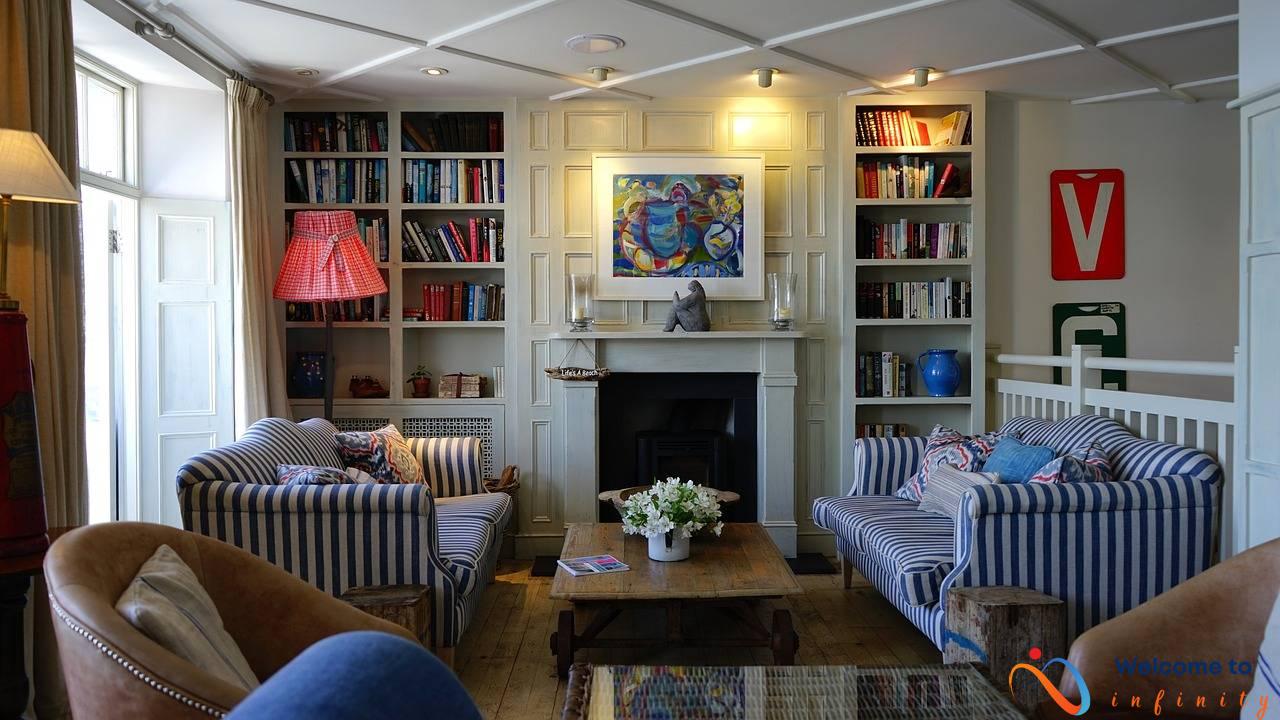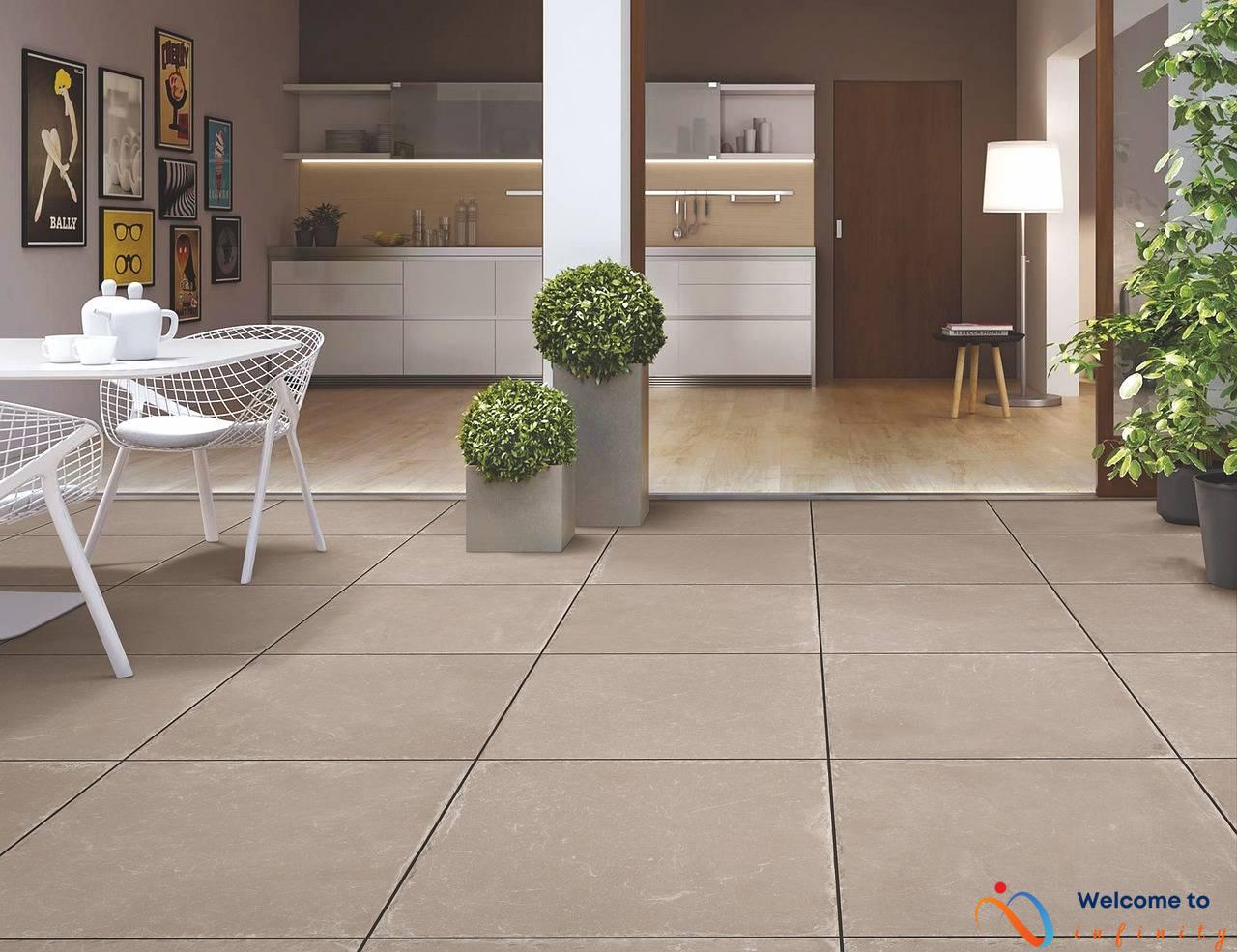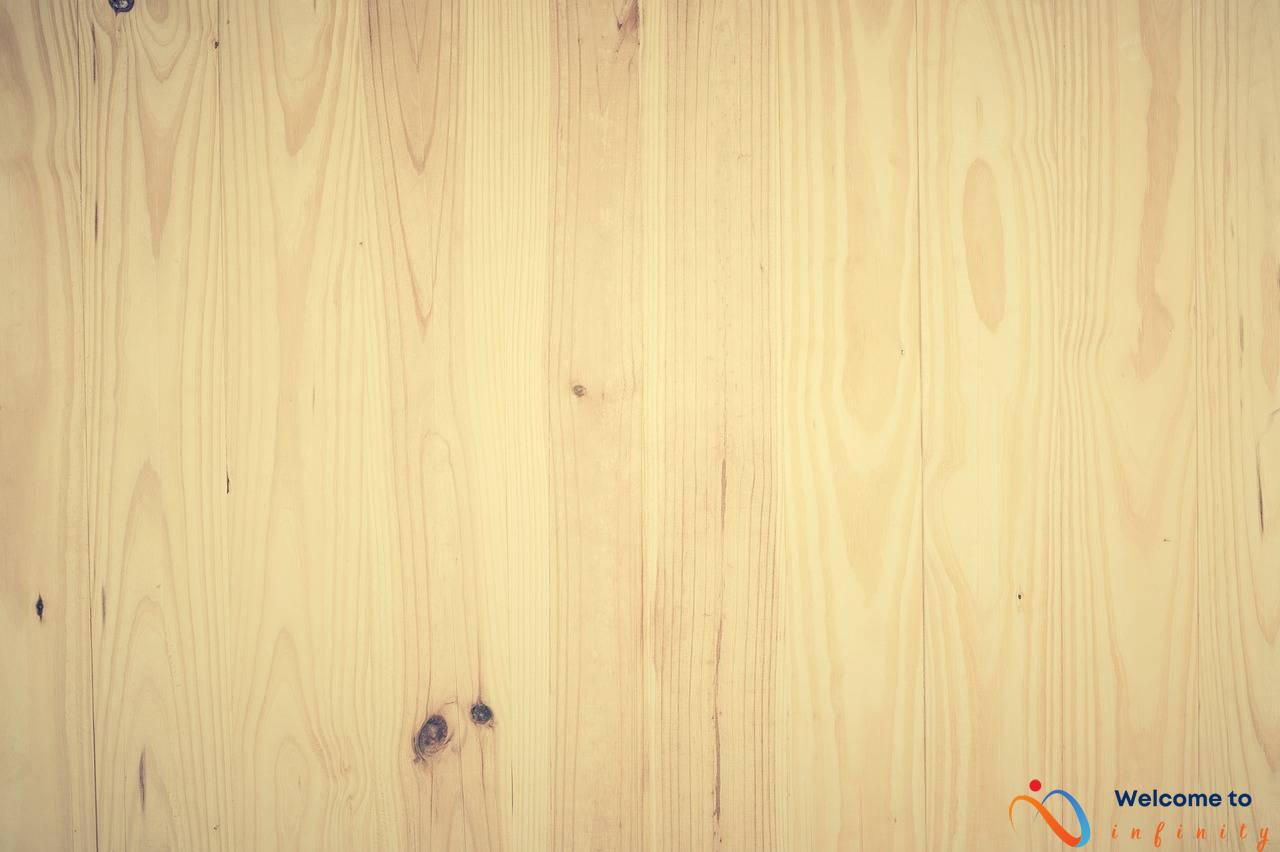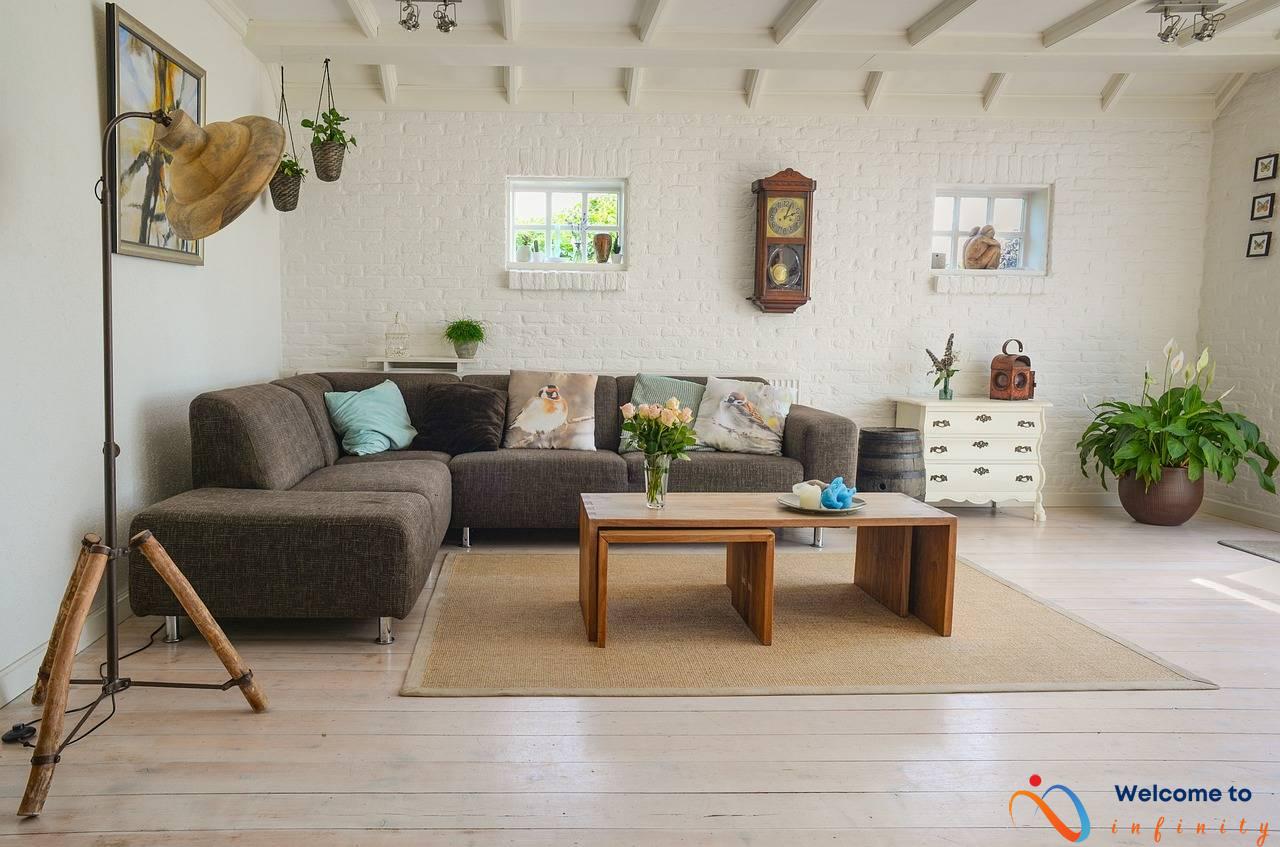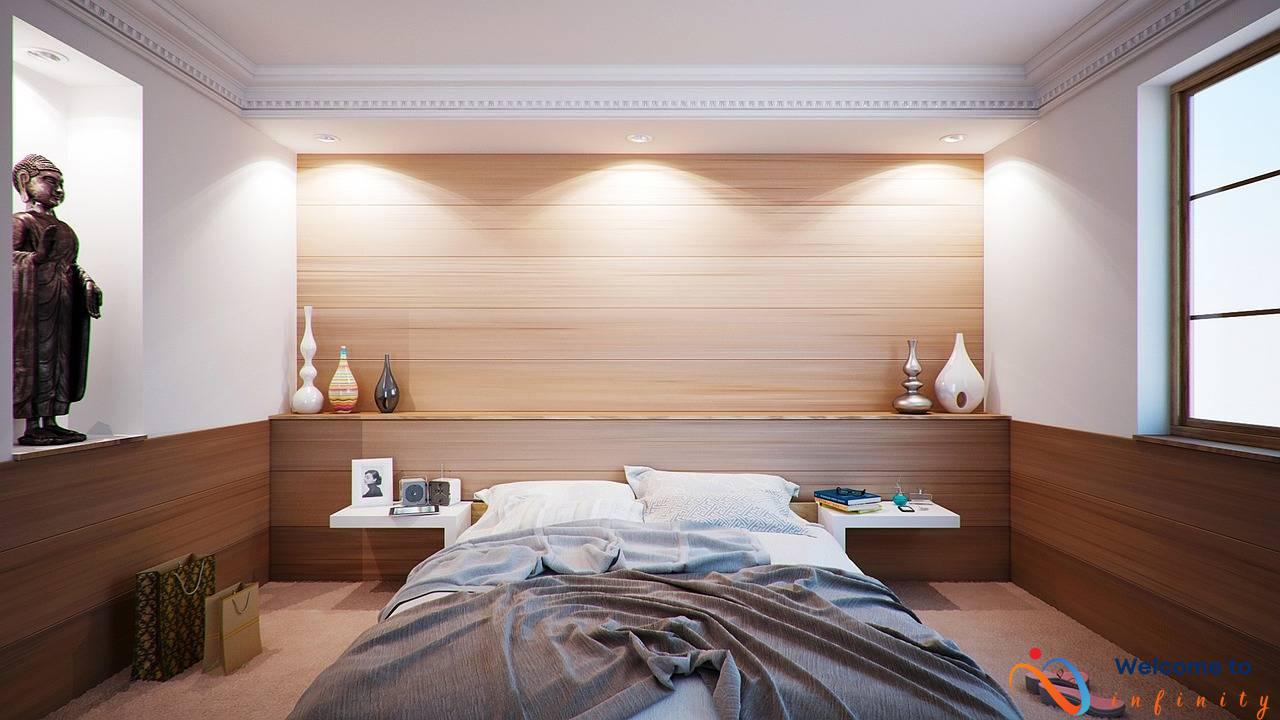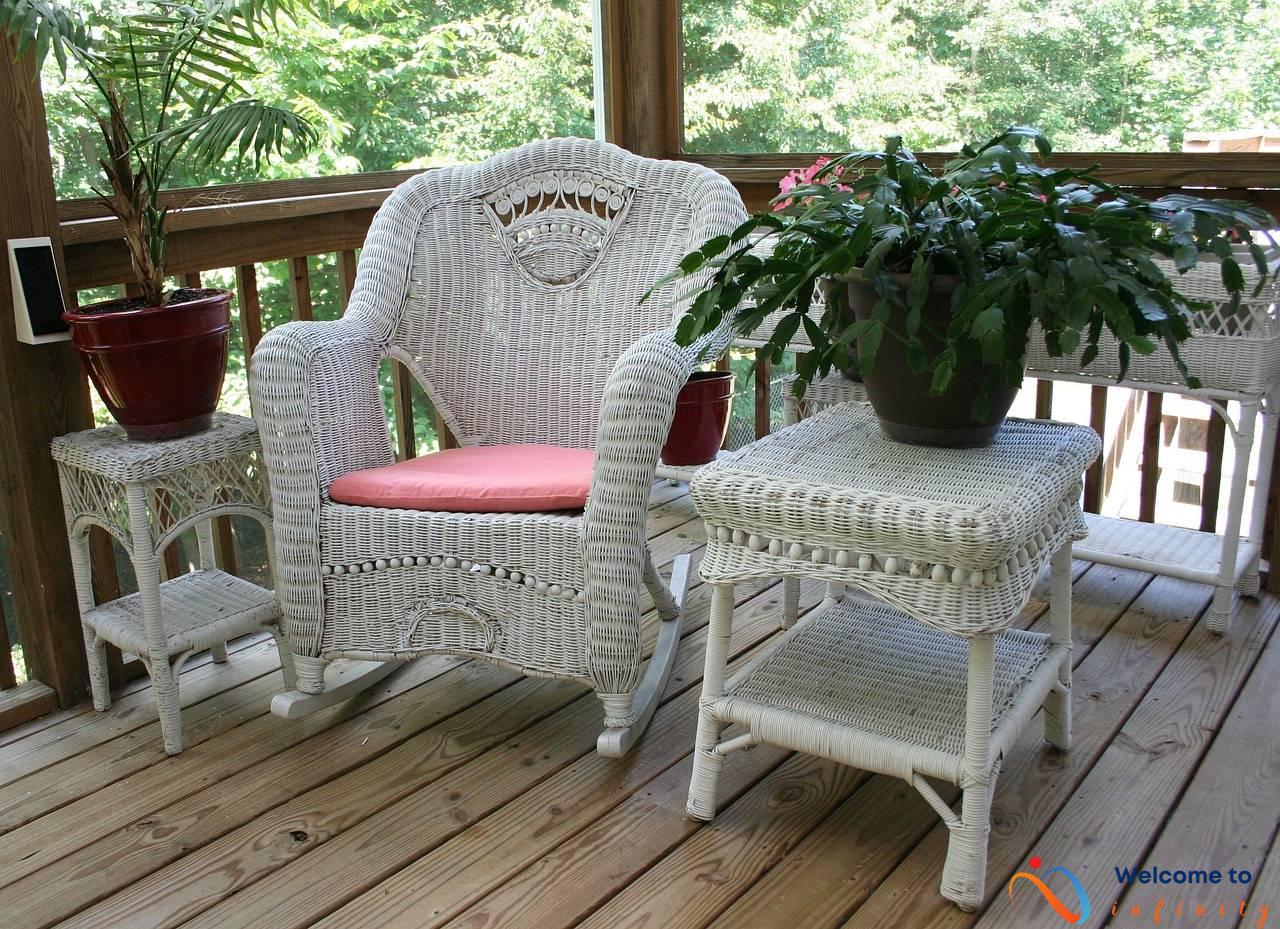With the growing concern for the environment and sustainability, eco-friendly living has become a top priority for many homeowners. Scandinavian home decor, known for its minimalist and functional design, has become a leading popular choice for incorporating sustainable living into your home. This article will explore various eco-friendly Scandinavian home decor ideas to help you style your home while reducing your carbon footprint and living a sustainable life.
One of the primary characteristics of Scandinavian decor is the use of natural materials such as wood, stone, and leather. These materials are not only beautiful but also eco-friendly, and using them in your home decor is an excellent way to reduce your environmental impact. They are renewable and biodegradable, making them an ideal choice for sustainable living. You can incorporate these natural materials in your furniture, decor items, and accessories.
Adopting the minimalist approach of Scandinavian design philosophy is another way to live an eco-friendly lifestyle. This involves simplifying your home decor for a clutter-free and organized space. You can declutter your home by getting rid of unnecessary items and organizing your belongings. By doing so, you will waste fewer resources and decrease the carbon footprint of your home. You can also use multi-functional furniture pieces that serve several purposes, combining style and functionality in one item.
- Decluttering and organizing your living space
- Using multi-purpose furniture to conserve space and reduce waste
Adding greenery and plants to your home decor is another sustainable way of decorating your home. Plants are known for improving air quality and reducing the carbon footprint of your home. You can add an indoor herb garden for easy access to fresh and sustainable herbs. Using air-purifying plants, such as spider plants and peace lilies, is an excellent way to improve air quality in your home. They are easy to grow and maintain, making them ideal for beginners.
- Creating an indoor herb garden for sustainable herbs
- Suggesting air-purifying plants that are easy to grow and maintain for a healthier home environment
Finally, upcycling and DIY projects are a fantastic way to get creative, save money, and live sustainably. You can create your own art pieces using sustainable resources and inspiration from Scandinavian design. Upcycling old furniture pieces into stylish and sustainable new ones is also an excellent way to reduce your carbon footprint and contribute to a greener planet.
- Creating your own art pieces with sustainable resources and inspiration from Scandinavian design
- Tips for upcycling old furniture pieces into stylish and sustainable new ones
In conclusion, incorporating eco-friendly Scandinavian home decor ideas into your lifestyle is a fantastic way to live sustainably and reduce your environmental impact. From using natural materials to creating an indoor herb garden, adopting the minimalist approach, and upcycling old pieces, there are countless ways to decorate your home sustainably. Start today and make a difference in your own way!
Use of Natural Materials
When it comes to sustainable living in style, incorporating natural materials into your home decor is a great way to go. Scandinavian homes are known for their use of wood, stone, and leather in their design, as these materials are not only sturdy but also earth-friendly.
Wood is a versatile material that can be used for furniture, flooring, and even decor accents like picture frames or vases. Stone, on the other hand, can be used for countertops, bathroom tiles, and fireplace surrounds. Leather adds a touch of elegance and class to any home and can be used for upholstery or accessories like throw pillows or rugs.
By using natural materials, you are not only reducing your carbon footprint but also creating a warm and inviting space that promotes serenity and relaxation. Plus, natural materials tend to last longer than synthetic alternatives, meaning less waste and more savings in the long run.
So next time you're redecorating your home, consider incorporating natural materials into your design. You'll not only be doing your part for the environment but also creating a stylish and sustainable space that reflects your personality and values.
Minimalist Design
Minimalism is not just a design trend, it's a way of life. Scandinavian homes are known for their minimalist design philosophy that reduces clutter and waste to create a peaceful and sustainable living space. The focus is on quality over quantity, which means incorporating only essential and functional elements in home decor.
To achieve a minimalist design, it's important to start with decluttering and organizing your living space. Go through your belongings and get rid of anything that you no longer need or use. Keep only the items that serve a purpose and bring you joy. This not only reduces clutter but also saves money and resources.
When it comes to home decor, choose neutral colors and simple patterns that blend seamlessly with each other. Use sleek and functional furniture pieces that serve multi-functional purposes to conserve space and reduce waste. For instance, a sofa bed can be used as a couch during the day and a bed at night, optimizing the space in your living room.
Incorporate natural materials like wood, stone, and leather in your home decor to add warmth and texture, while also reducing the environmental impact. These materials are not only sustainable but also timeless, making them perfect for a minimalist design.
By adopting a minimalist design philosophy, your home decor not only looks stylish but is also sustainable and eco-friendly.
Decluttering and Organizing
Decluttering and organizing your living space is an essential step to achieving a sustainable and stylish home. Not only does it help reduce clutter, but it also reduces waste and stress. Start by sorting your items into three categories: keep, donate or sell, and dispose of. Be honest with yourself and only keep the items that you need or bring you joy.
Storage solutions are crucial for staying organized. Invest in storage boxes, baskets, and shelving units to keep your items tidy and easily accessible. Try to maximize storage space by utilizing vertical space and creating zones for specific items.
Creating a cleaning routine is also useful for maintaining an organized home. Set aside a specific time each day or week to declutter, clean, and organize different areas of your home. It will help you stay on track and prevent clutter from building up.
If sorting and organizing your items seem overwhelming, start with small tasks like organizing your closet or bookshelf. Focus on one area at a time and pace yourself. Remember to take breaks and reward yourself for completing each task.
In conclusion, decluttering and organizing your home are crucial steps to achieving a sustainable and stylish living space. By incorporating these tips and tricks, you can reduce waste, save time, and create a functional home that brings you joy.
Multi-purpose Furniture
One of the best ways to live a sustainable lifestyle is by using furniture that is multi-functional. Not only does it conserve space, but it also reduces the need for additional furniture pieces, which in turn means less waste. Scandinavian homes are known for their minimalist design, which includes multi-functional furniture that blends seamlessly with the overall decor.
Multi-purpose furniture for the bedroom may include a bed with built-in storage, a platform bed with a desk or reading nook underneath, or a dressing table that doubles as a desk. In the living room, a sofa bed or a convertible coffee table can easily transform the space into a guest room. Even a dining table can have hidden compartments for storage.
When considering multi-functional furniture, it is essential to choose pieces that are made of sustainable materials such as bamboo, reclaimed wood or recycled materials. Investing in quality pieces that last longer is also a sustainable option. The aim is to reduce the impact on the environment, so purchasing furniture with eco-friendly certifications like the Forest Stewardship Council (FSC) is wise.
In addition to reducing waste and saving space, multi-functional furniture can also help create a more comfortable and organized living space. When everything has its place, it's easier to keep the home tidy and stress-free. By utilizing multi-purpose furniture, homeowners can create a stylish and sustainable living space that reflects their values.
Greenery and Plants
Creating a green and sustainable living space is easier than ever with the addition of plants and greenery to your home decor. Incorporating plants into your living space not only makes it more aesthetically pleasing but also improves air quality by reducing carbon dioxide levels and increasing oxygen levels. Plants also have the added benefit of reducing stress levels and can improve mental health.
One way to add plants to your home is by creating a vertical garden using a trellis or a hanging planter. This is perfect for those who may not have a lot of floor space but still want to reap the benefits of having plants in their living space. Another popular trend is the use of air-purifying plants such as spider plants, peace lilies, and snake plants. These plants are easy to care for and can effectively remove toxins such as formaldehyde and benzene from the air.
If you have a green thumb, why not create an indoor herb garden? Not only is this a sustainable way to have fresh herbs on hand, but it also reduces the carbon footprint associated with store-bought herbs. All you need is a sunny windowsill, some potting soil, and your choice of herbs such as basil, mint, and rosemary.
For those who may not have the time or energy to care for live plants, there are stylish and sustainable alternatives such as faux plants made from recycled materials. These plants not only look realistic but also reduce waste by using recycled materials. They are also a great option for those who may have allergies to live plants.
Adding greenery and plants to your home decor is a simple yet effective way to create a sustainable living space. Whether you opt for air-purifying plants or create your own herb garden, incorporating plants into your home will not only improve air quality but also reduce your carbon footprint.
Indoor Herb Garden
Creating an indoor herb garden is a great way to incorporate sustainability into your home decor. Herbs are not only useful for cooking but also provide numerous health benefits. Having fresh herbs at your fingertips saves money and reduces waste associated with packaged herbs.
To create your indoor herb garden, you will need a sunny location, adequate drainage, and appropriate soil and pots. A windowsill with several hours of sunlight is ideal for growing herbs. Alternatively, you can also invest in LED grow lights for artificial lighting.
Choosing the right herbs for your indoor garden is important. Some herbs like basil, oregano, and rosemary require more sunlight and warmer temperatures, while others like chives, mint, and parsley can thrive in a cooler indoor environment.
You can start your herb garden from seeds or purchase seedlings from your local nursery or garden center. When planting, ensure that the soil is well-draining and that the pots have holes at the bottom for proper drainage.
To maintain your indoor herb garden, regularly water your plants, and monitor for pests and diseases. Herbs also benefit from occasional fertilization. You can use organic fertilizer or compost to keep your plants healthy and sustainable.
In addition to providing fresh and sustainable herbs, having an indoor herb garden also adds a natural and aesthetic touch to your home. It's an inexpensive and rewarding way to embrace sustainable living and decorate your home in a unique and practical way.
Air-purifying Plants
Did you know that the air inside your home can be more polluted than the air outside? The good news is that you can improve the air quality in your home with air-purifying plants. These plants are not only easy to grow and maintain, but they also add a touch of greenery to your home decor.
Here are some of the best air-purifying plants that you can consider:
| Plant Name | Purposes | Care |
|---|---|---|
| Snake Plant | Removes harmful toxins like formaldehyde, benzene, and trichloroethylene | Doesn't require a lot of sunlight or water |
| Peace Lily | Cleans the air of harmful toxins like ammonia, formaldehyde, and benzene | Requires low to medium light and moderate watering |
| Bamboo Palm | Filters toxins like formaldehyde, benzene, and trichloroethylene, as well as adding humidity to the air | Requires bright, indirect sunlight and regular watering |
When it comes to caring for your air-purifying plants, it's important to know how much sunlight and water they need. Most of these plants need to be watered about once a week, and placed in areas where they can receive indirect sunlight. Make sure to also clean their leaves regularly to keep them healthy and thriving.
With these air-purifying plants, you can breathe easy knowing that you are taking care of your health and the environment at the same time. Plus, they are a stylish and sustainable addition to your Scandinavian-inspired home decor.
Upcycling and DIY
One of the latest trends in eco-friendly home decor is upcycling. Upcycling refers to transforming old or unwanted items into something new and useful instead of throwing them away. It's a great way to reduce waste and create unique items for your home.
DIY projects are another fantastic way to incorporate sustainability into your interior design. Creating your own decor pieces not only saves money but also allows you to customize them to your taste. With upcycling and DIY projects, the possibilities are endless!
One simple DIY project to try is to make your own coasters using recycled materials such as cardboard or old tiles. You can decorate them with paint, washi tape, or fabric scraps to match your home's decor. Another idea is to upcycle old glass jars into charming candle holders or vases.
If you're feeling more ambitious, you can try upcycling old furniture pieces into new and stylish ones. For example, you can transform an old ladder into a bookshelf or a wooden pallet into a coffee table.
When it comes to upcycling and DIY projects, inspiration is key. Take cues from Scandinavian design and incorporate natural materials and minimalist design principles. With creativity and a little elbow grease, you can create sustainable and beautiful home decor that reflects your personal style.
Creating your own Art Pieces
Decorating your home with sustainable art pieces is not just eco-friendly but also adds a personal and unique touch to your living space. It's easy to create your own art pieces with resources that are environmentally friendly and easily available. Here are some tips on creating sustainable art inspired by Scandinavian design:
- Recyclable Materials: There are many recyclable materials that can be used to create sustainable art pieces, such as old magazines, newspapers, cardboard, and empty cans. You can use these materials to create beautiful collages or sculptures that add character to your home.
- Natural Materials: Using natural materials like driftwood, seashells, and stones can create a serene and calming effect in your home. You can create unique and sustainable artwork by combining different natural elements and arranging them in an aesthetically pleasing manner.
- DIY Canvas: Instead of buying pre-made canvases that may not be eco-friendly, you can create your own canvas using sustainable materials like organic cotton or linen. This not only saves money but also ensures that your artwork is completely sustainable.
- personalize: Incorporating personal elements into your artwork can add a unique touch to your home decor. For example, you can use old photographs, ticket stubs, or maps to create a collage that tells a story and adds character to your home.
Inspired by Scandinavian design, sustainable art is all about minimalism, clean lines, and simplicity. By experimenting with different materials and techniques, you can create unique and beautiful art pieces that reflect your personal style while contributing to a sustainable environment.
Upcycled Furniture
Are you tired of your old and worn-out furniture, but don't want to contribute to the growing waste problem? Upcycling is the perfect solution for creating stylish and sustainable new pieces for your home. Here are some tips for upcycling furniture:
1. Start with a clear vision: Before starting any upcycling project, make sure you have a clear vision of what you want the final result to look like. This will help you choose the right materials and techniques for the project.
2. Choose sustainable materials: Upcycling doesn't mean using just anything you have lying around. Choose sustainable materials like reclaimed wood or old fabric to keep the project eco-friendly.
3. Get creative with paint: A fresh coat of paint can completely transform a piece of furniture. Experiment with different colors and techniques, like ombre or distressed looks.
4. Mix and match: Don't be afraid to mix and match different furniture pieces to create a unique and eclectic look. Combining different materials like wood and metal can also add interest and texture.
5. Think multi-functional: When upcycling furniture, consider adding extra functionality to the piece. For example, adding storage to a coffee table or turning an old ladder into a stylish bookshelf.
Upcycling furniture not only helps reduce waste but also adds personality and style to your home. So next time you're about to throw out an old piece of furniture, think about how you can turn it into something new and beautiful.

